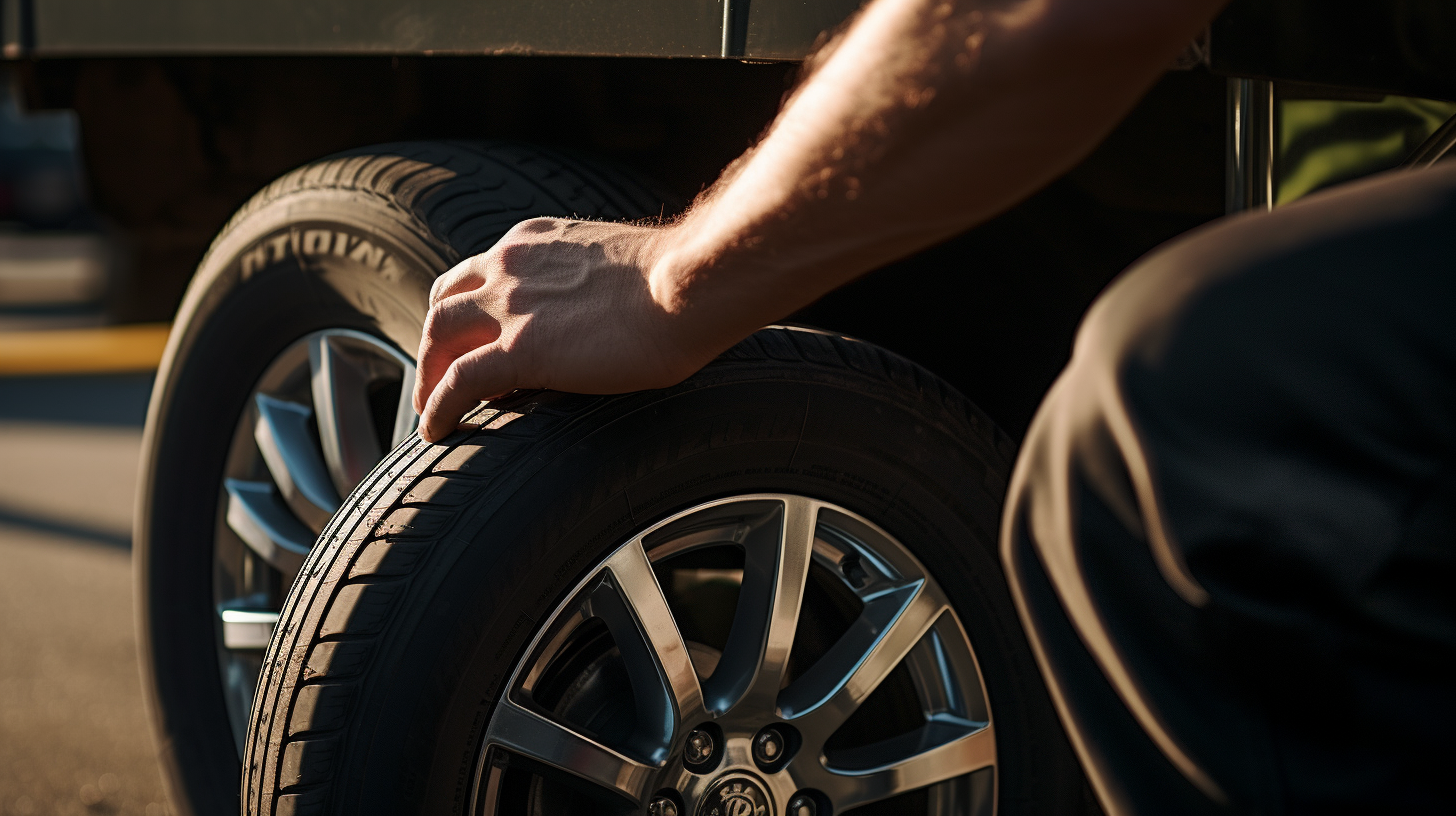

Tyre Rotation
24/7 Emergency Call-Out
Rapid response team ensures you're back on the road quickly, providing convenience and peace of mind.
+442071010218
Open 24/7 every year
Swift, expert tyre replacement service.

24hr emergency call out
24-hour 7 days a week emergency call-out service

Servicing All London Areas
All of London, anytime, for tyre services.

Mobile Tyre Fitting London
In need of mobile tyre help?
Our London emergency mobile tyre-fitting service operates 24/7, 365 days a year.
If your schedule is hectic and visiting a tyre center isn't an option, contact London Mobile Tyres. We'll come to you at your preferred location, whether it's your workplace, home, or on the go.
Allow our expert team to assist you promptly and get you back on the road securely.
Article Plan⁚ Tyre Rotation
In this article, we will discuss the importance of tyre rotation and its benefits for both vehicle performance and longevity. We will break down the process of tyre rotation, explaining why it is necessary and how it contributes to even tire wear. Furthermore, we will outline the recommended frequency of rotating tires and highlight the benefits of following this maintenance procedure. Additionally, we will provide step-by-step instructions on how to rotate tires effectively, ensuring an optimal distribution of wear and maximizing the lifespan of each tire. Lastly, we will address common myths and misconceptions surrounding tyre rotation and provide practical tips for maintaining balanced tire wear throughout the life of your vehicle.
Introduction
When it comes to maintaining optimal performance and extending the lifespan of your vehicle's tires, regular tyre rotation is a key maintenance procedure. Tyre rotation refers to the practice of moving each tyre from one position on the vehicle to another in order to ensure even wear across all tires.
In this section, we will provide an overview of the importance of tyre rotation and how it can benefit your vehicle. We will also explain why tyres tend to wear unevenly and how rotation helps to address this issue.
By understanding the significance of tyre rotation and its impact on your vehicle's performance, you can take proactive steps to ensure your tires last longer and provide a safer driving experience.
Understanding Tyre Wear Patterns
Before delving into the details of tyre rotation, it's important to understand the various wear patterns that can occur on tires. Uneven tyre wear is a common issue that arises due to factors such as vehicle weight distribution, alignment problems, and driving habits.
In this section, we will discuss the different types of tyre wear patterns that can occur, such as⁚
- Edge Wear⁚ This occurs when the edges of the tyres wear more rapidly than the center. It is typically caused by underinflated tires or improper wheel alignment.
- Center Wear⁚ Center wear is the opposite of edge wear and happens when the middle part of the tyre wears faster. This can be a result of overinflated tires or overloading the vehicle.
- Cupping⁚ Cupping refers to the formation of scalloped dips or cups on the tread of the tyre. It is often caused by worn-out suspension components or imbalanced wheels.
- Feathering⁚ Feathering is characterized by an angled, sawtooth-like pattern on the tread. It is generally caused by improper toe alignment or worn-out suspension components.
Understanding these wear patterns will help you identify any issues with your tyres and determine whether rotation is necessary to maintain even wear across all four tyres. By addressing these wear patterns early on, you can prevent further damage to your tyres and improve the overall performance of your vehicle.
Recommended Tyre Rotation Frequency
Now that we understand the importance of tyre rotation and the various wear patterns that can occur, it's crucial to determine the recommended frequency at which you should rotate your tyres. The frequency of tyre rotation can vary based on several factors, including the type of vehicle, driving conditions, and tyre manufacturer recommendations.
In general, it is recommended to rotate your tyres every 5,000 to 7,500 miles (8,000 to 12,000 kilometers). This interval allows for a balanced distribution of wear and maximizes the lifespan of each tyre. However, it's essential to consult your vehicle's owner's manual or contact the tyre manufacturer for specific recommendations based on your vehicle's make and model.
Regularly rotating your tyres not only promotes even wear but also helps maintain traction, handling, and fuel efficiency. Neglecting tyre rotation can lead to premature wear on certain tyres, resulting in the need for premature replacement and wasted money.
In the next section, we will outline the step-by-step process of tyre rotation, ensuring you have the necessary information to perform this maintenance procedure effectively.

